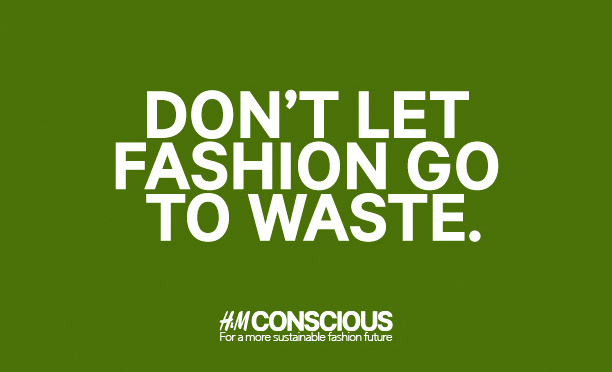H&M
The Swedish brand H&M has been putting sustainability center stage for quite some time now. They communicate their efforts to work sustainably through their website. A short list of some of H&M’s projects:
- One of their goals is to increase the use of sustainable fabrics and materials each year, thereby offering green choices to their clients. H&M is always looking out for innovative materials and better production techniques. These efforts resulted in the Conscious Collection. All the items from this collection are made from materials such as biological silk, leather, linen and cotton, recycled polyester and lyocell. Even the beads and sequins are recycled. In 2014, 21,2% of H&M’s cotton was certified organic cotton -- their goal is to reach 100% by 2020.
- H&M’s standards of partnership are high, which is why they reward their partners’ efforts at sustainability. H&M wants to have a positive impact on the communities they touch, for instance using their influence to demand a fair living wage for workers.
- H&M feels it’s important to do as much as possible to reduce their impact on the environment, for instance using renewable energy wherever they can. They also want to inspire their clients to live sustainably and to make better choices.
- Reduce, reuse, recycle: there you have H&M’s three key concepts. A lot of fashion ends up in a landfill, and H&M simply hates to see this happen. This is why they teamed up with I:CO to create the first worldwide take-back system for clothing. Customers can hand in any unwanted garments and H&M will give them a new life. The ultimate aim is to close the loop, which means being able to turn old garments into new fashion.
- Lastly, there’s the H&M Conscious Foundation, an independent organization that strives to create long term positive change for people and their communities. The Foundation is currently focusing on education, clean water and empowering women.
